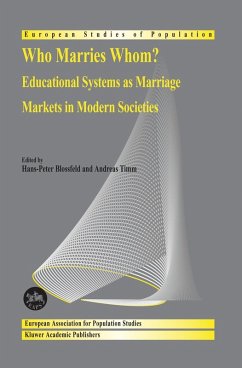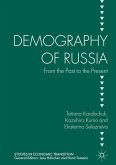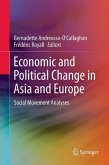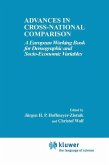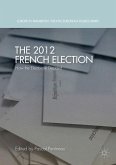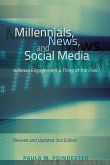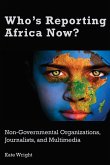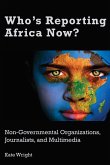Marriage and social inequality are closely interrelated. Marriage is dependent on the structure of marriage markets, and marriage patterns have consequences for social inequality. This book demonstrates that in most modern societies the educa tional system has become an increasingly important marriage market, particularly for those who are highly qualified. Educational expansion in general and the rising educational participation of women in particular unintentionally have increased the rate of "assortative meeting" and assortative mating across birth cohorts. Rising educational homogamy means that social inequality is further enhanced through marriage because better (and worse) educated single men and women pool their economic and sociocultural advantages (and disadvantages) within couples. In this book we study the changing role of the educational system as a marriage market in modern societies from a cross-national comparative perspective. Using life-history data from a broad range of industrialized countries and longitudinal statistical models, we analyze the process of spouse selection in the life courses of single men and women, step by step. The countries included in this book vary widely in important characteristics such as demographic behavior and institutional characteristics. The life course approach explicitly recognizes the dynamic nature of partner decisions, the importance of educational roles and institutional circum stances as young men and women move through their life paths, and the cumulation of advantages and disadvantages experienced by individuals.
Hinweis: Dieser Artikel kann nur an eine deutsche Lieferadresse ausgeliefert werden.
Hinweis: Dieser Artikel kann nur an eine deutsche Lieferadresse ausgeliefert werden.
From the reviews:
"The consequences of educational equality and inequality in marriage have so far never been studied. This book breaks new ground, showing that rising levels of homogamy entail increasing inequality between households in modern societies. This landmark study will stimulate a new stream of research on the social and economic impact of educational (in)equality in marriage."
(Catherine Hakim, London School of Economics)
"The rising enrollment in higher education, especially of women, has not only led to a postponement of marriage but also increased the importance of the educational system as a place to meet and find a (marriage) partner. Since education is the most influential factor for peoples' later job careers and income attainment, increasing rates of educational assortative mating leads to a wider spread in households' income distribution. For the first time, this book studies the long-term process of assortative mating over the life course for thirteen modern industrialized countries, beginning from a pool of eligibles up to the point where they marry a partner of equal, higher or lower educational status.With increasing duration in school, the rate of homogenous marriages rises, and after the transition from school to work more heterogonous environments account for the fact of less homogeneity in later marriages. The book also shows that social origin matters especially for women: In most countries educationally upward mobile women are very likely to marry downward. The changing role of the educational system as a marriage market in the course of educational expansion and women's changing economic roles in the labor market and the family are the main driving forces behind this development. Using event history methods, the book compares the processes of assortative mating in the various European societies, in Israel and the USA, and points out communalities and differences in the mechanisms."
(Wolfgang Teckenberg, University of Heidelberg )
"The consequences of educational equality and inequality in marriage have so far never been studied. This book breaks new ground, showing that rising levels of homogamy entail increasing inequality between households in modern societies. This landmark study will stimulate a new stream of research on the social and economic impact of educational (in)equality in marriage."
(Catherine Hakim, London School of Economics)
"The rising enrollment in higher education, especially of women, has not only led to a postponement of marriage but also increased the importance of the educational system as a place to meet and find a (marriage) partner. Since education is the most influential factor for peoples' later job careers and income attainment, increasing rates of educational assortative mating leads to a wider spread in households' income distribution. For the first time, this book studies the long-term process of assortative mating over the life course for thirteen modern industrialized countries, beginning from a pool of eligibles up to the point where they marry a partner of equal, higher or lower educational status.With increasing duration in school, the rate of homogenous marriages rises, and after the transition from school to work more heterogonous environments account for the fact of less homogeneity in later marriages. The book also shows that social origin matters especially for women: In most countries educationally upward mobile women are very likely to marry downward. The changing role of the educational system as a marriage market in the course of educational expansion and women's changing economic roles in the labor market and the family are the main driving forces behind this development. Using event history methods, the book compares the processes of assortative mating in the various European societies, in Israel and the USA, and points out communalities and differences in the mechanisms."
(Wolfgang Teckenberg, University of Heidelberg )

